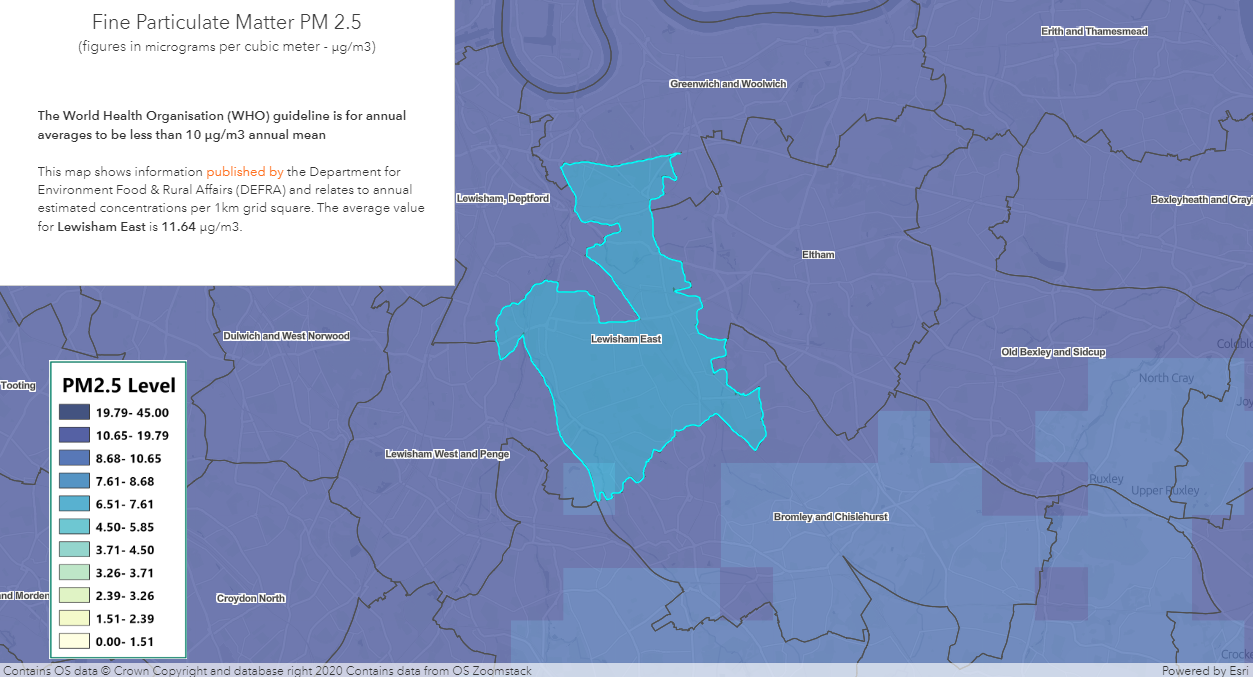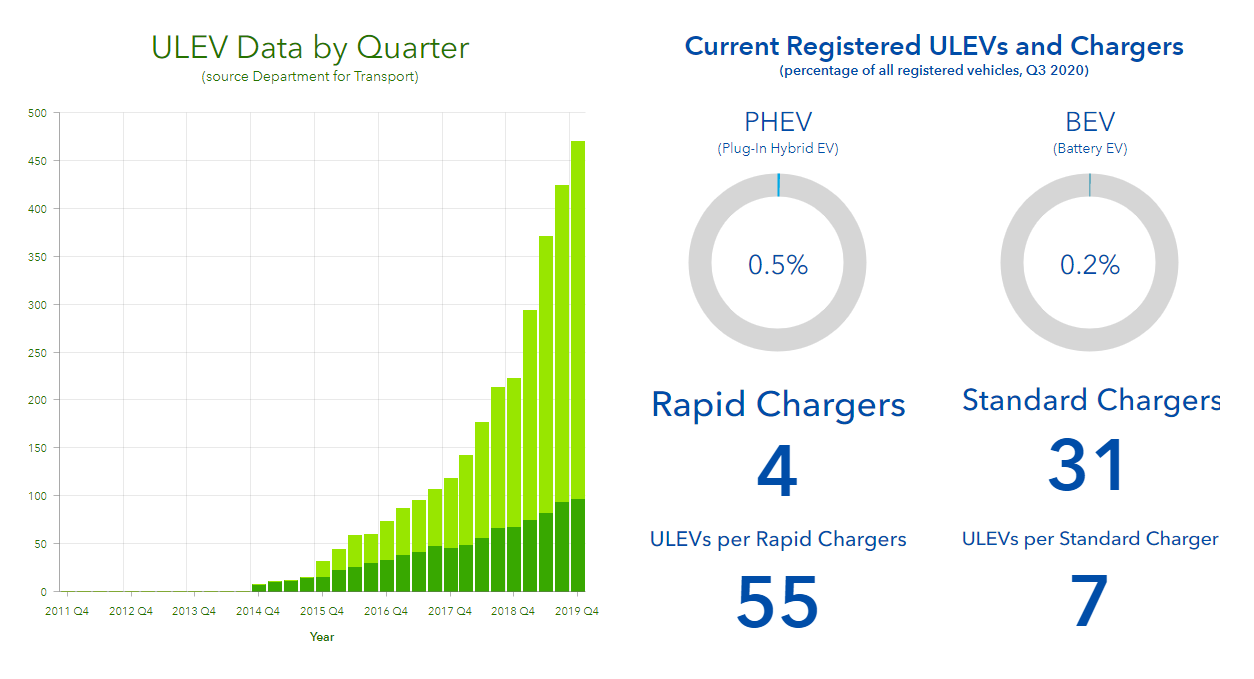PACTS and Direct Line Constituency Air Quality and ULEV Dashboard
Working with Direct Line and PACTS, plus the Westminster Commission for Road Air Quality and ZapMap, we have today published an interactive web application allowing everyone to view data on air quality, electric vehicles, and public charging points in a single place.
Concerns about air quality and its impacts on public health have become a major concern of the public, professionals and politicians. In parallel, concern about climate change has become acute. Emissions from transport are major contributors to both environmental problems. In order to improve air quality and to meet climate change commitments, the Government is ending production of petrol and diesel cars by 2030 and promoting electric vehicles (EVs).
The web application has been a collaboration between different organisations in different sectors and uses a variety of datasets to present a concise summary of statistics for each constituency in Great Britain. Data collected and analysed by Agilysis has been used in today's press release by Direct Line which raises a number of issues relating to electic vehicle costs and charging infrastrucutre,
Concerns about air quality and its impacts on public health have become a major concern of the public, professionals and politicians. In parallel, concern about climate change has become acute. Emissions from transport are major contributors to both environmental problems. In order to improve air quality and to meet climate change commitments, the Government is ending production of petrol and diesel cars by 2030 and promoting electric vehicles (EVs).
The web application has been a collaboration between different organisations in different sectors and uses a variety of datasets to present a concise summary of statistics for each constituency in Great Britain. Data collected and analysed by Agilysis has been used in today's press release by Direct Line which raises a number of issues relating to electic vehicle costs and charging infrastrucutre,
A bespoke dataset provided by the Department for Transport has, for the first time, allowed an analysis of different vehicle types, by constituency, with vehicles separated by company (including lease) and private ownership. There have been clear trends in the update of EVs through to the end of 2020, although the number of chargers available is much lower than the number of registered vehicles.
Information from DEFRA on air quality has been mapped and overlaid for constituencies illustrating the areas with the poorest air quality. Individual results have then been provided for each constituency highlighting whether average scores for NO2 and PM 2.5 are above or below the national average.
Information from DEFRA on air quality has been mapped and overlaid for constituencies illustrating the areas with the poorest air quality. Individual results have then been provided for each constituency highlighting whether average scores for NO2 and PM 2.5 are above or below the national average.



